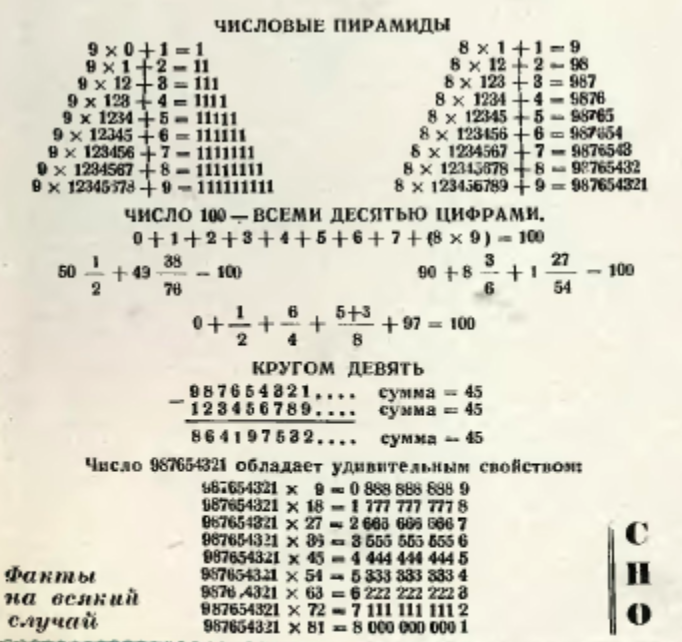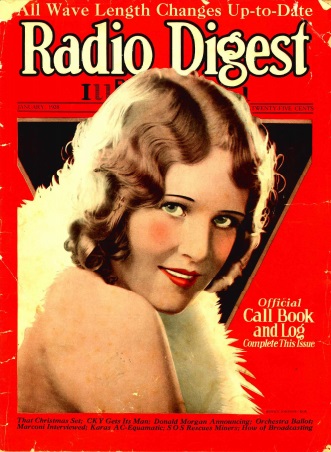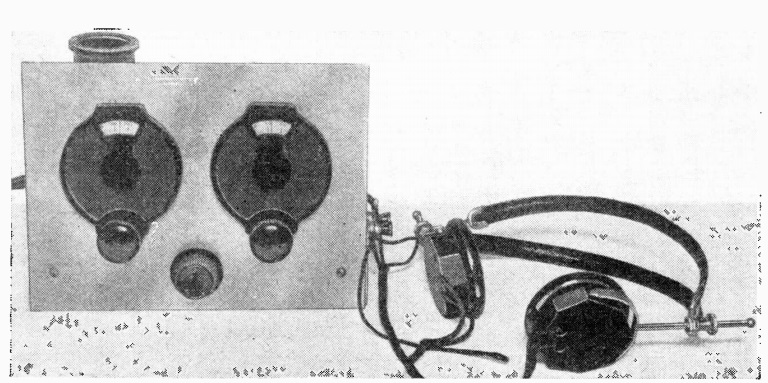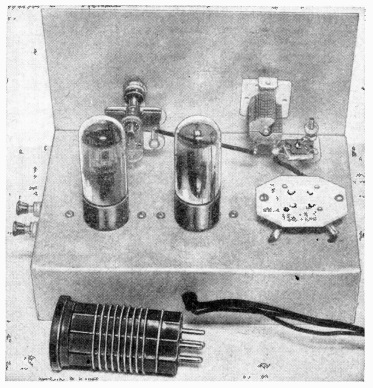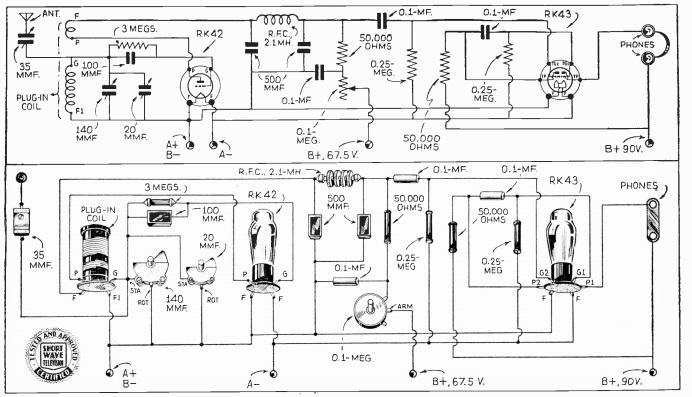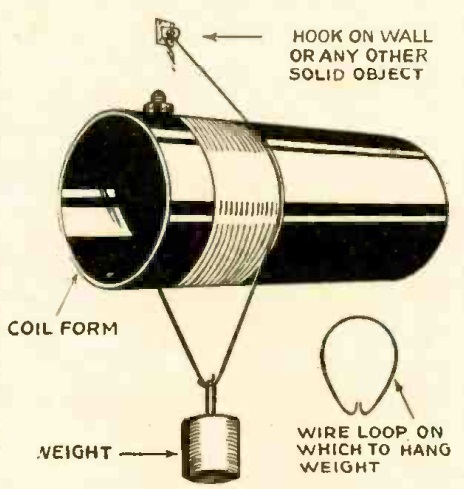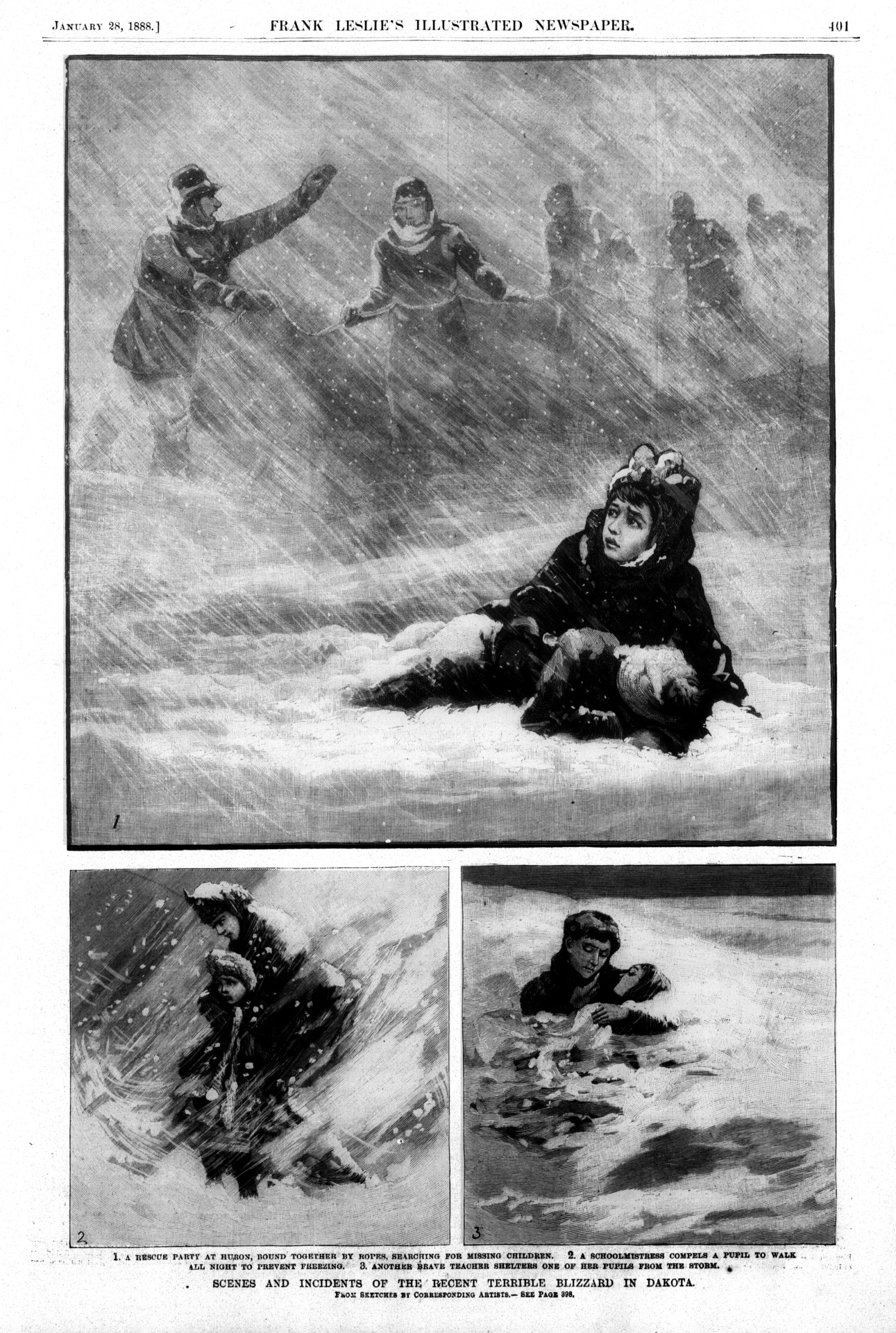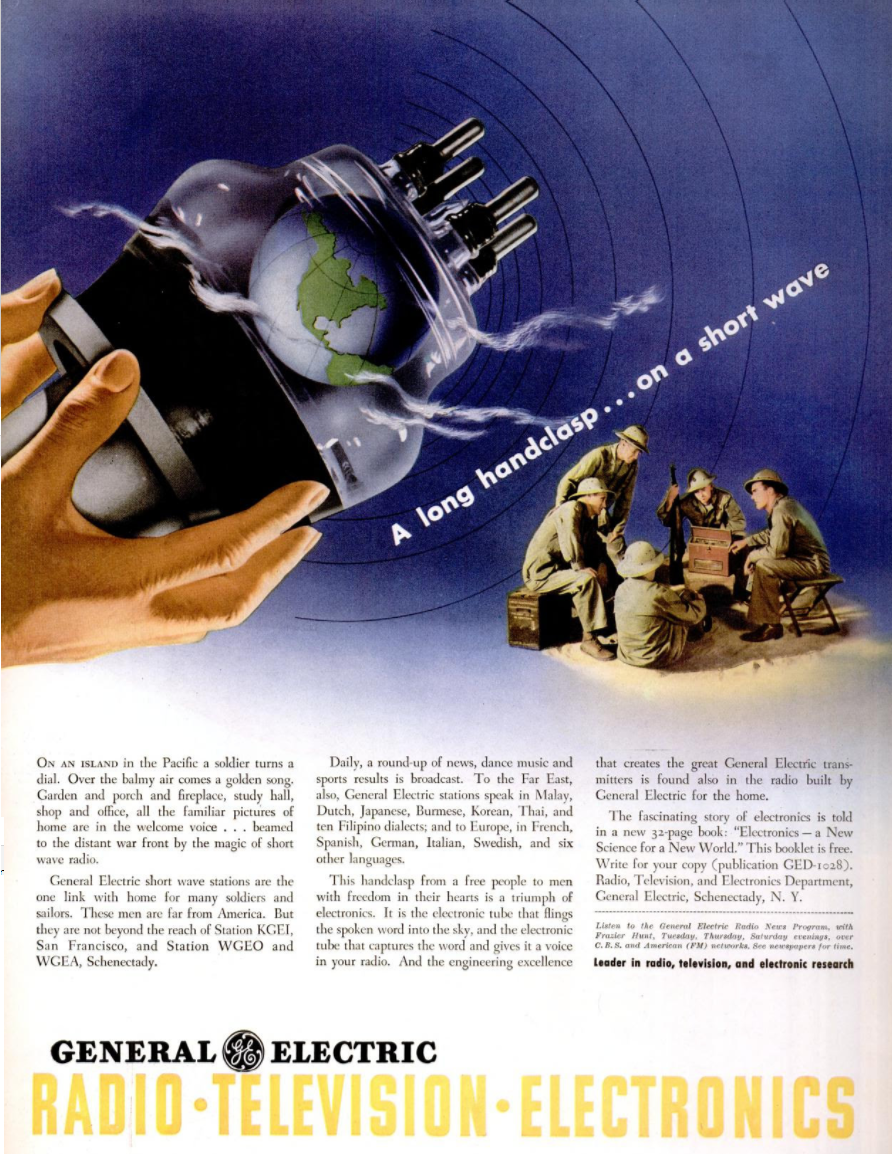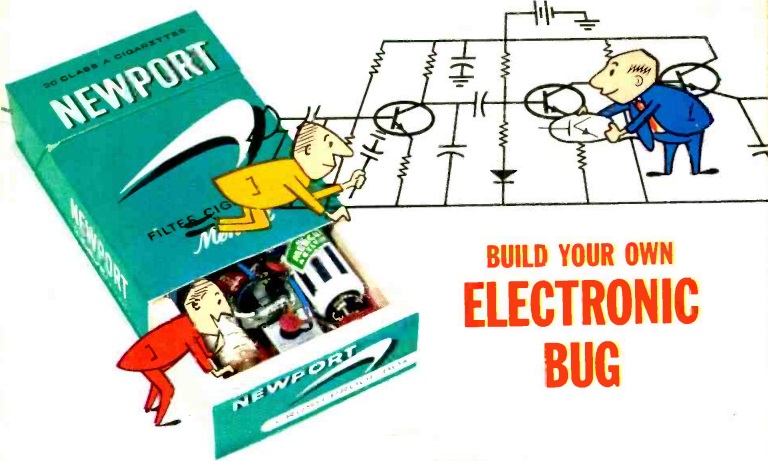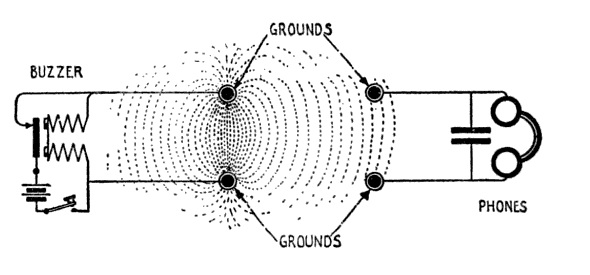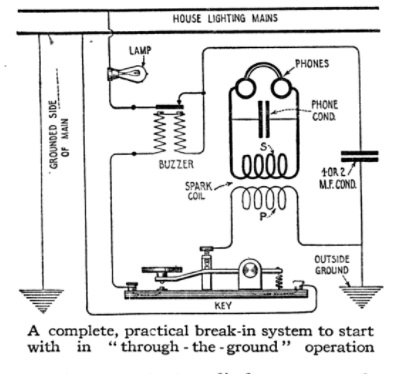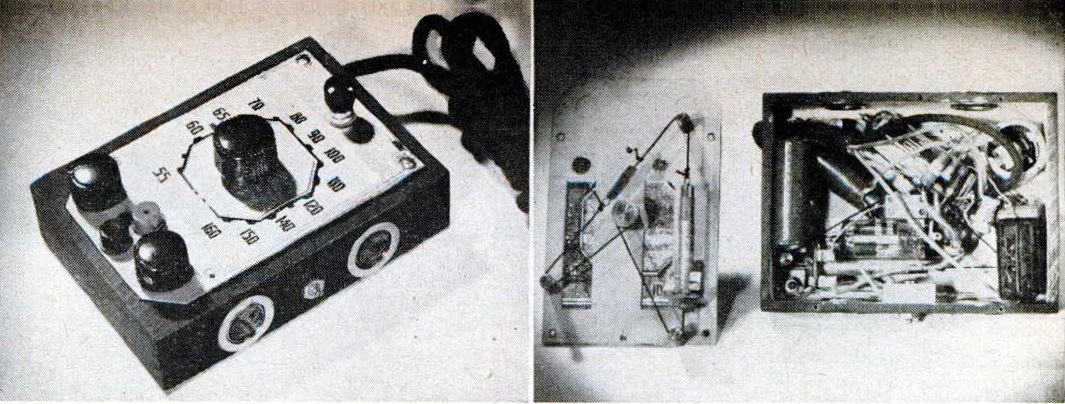 Even though the war was over, it appears that aluminum was still in somewhat short supply, or at least expensive, in 1948, since it’s not unusual to see radios from that era using permeability tuning, which means that a variable capacitor was not required.
Even though the war was over, it appears that aluminum was still in somewhat short supply, or at least expensive, in 1948, since it’s not unusual to see radios from that era using permeability tuning, which means that a variable capacitor was not required.
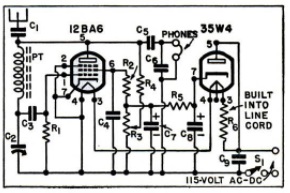 Here’s one such example from the January 1948 issue of Popular Science. This little one-tube set uses a 12BA6 as a regenerative detector, with a 35W4 rectifier and “curtain burner” cord to run the filaments. Tuning is accomplished by moving a slug through the coil, changing the inductance. The complete coil assembly was available as a commercial part, and was listed on the parts list as merely a “permeability tuning unit for regenerative circuit.”
Here’s one such example from the January 1948 issue of Popular Science. This little one-tube set uses a 12BA6 as a regenerative detector, with a 35W4 rectifier and “curtain burner” cord to run the filaments. Tuning is accomplished by moving a slug through the coil, changing the inductance. The complete coil assembly was available as a commercial part, and was listed on the parts list as merely a “permeability tuning unit for regenerative circuit.”
The accompanying article didn’t include an explanation for hooking up the dial string, since the entire assembly was commercially available, and the other parts were simply squeezed in.

